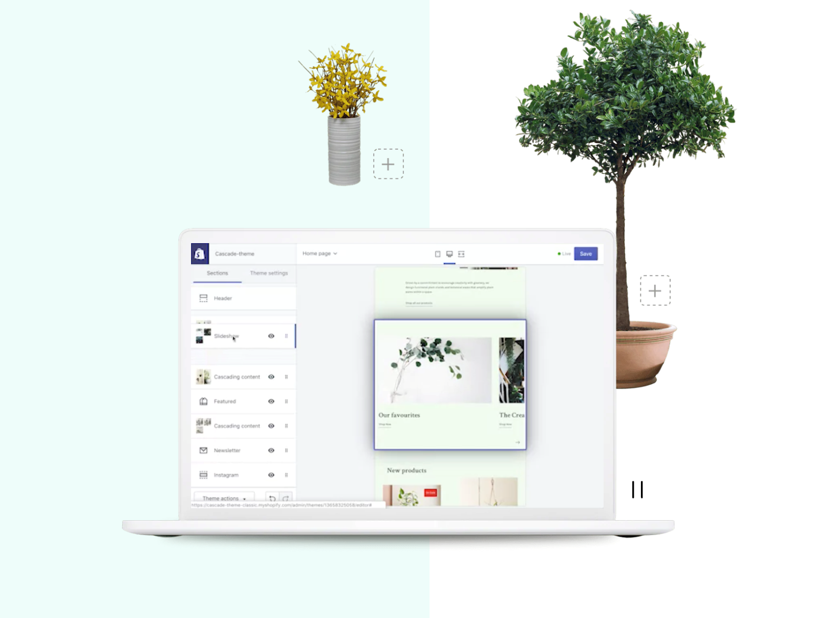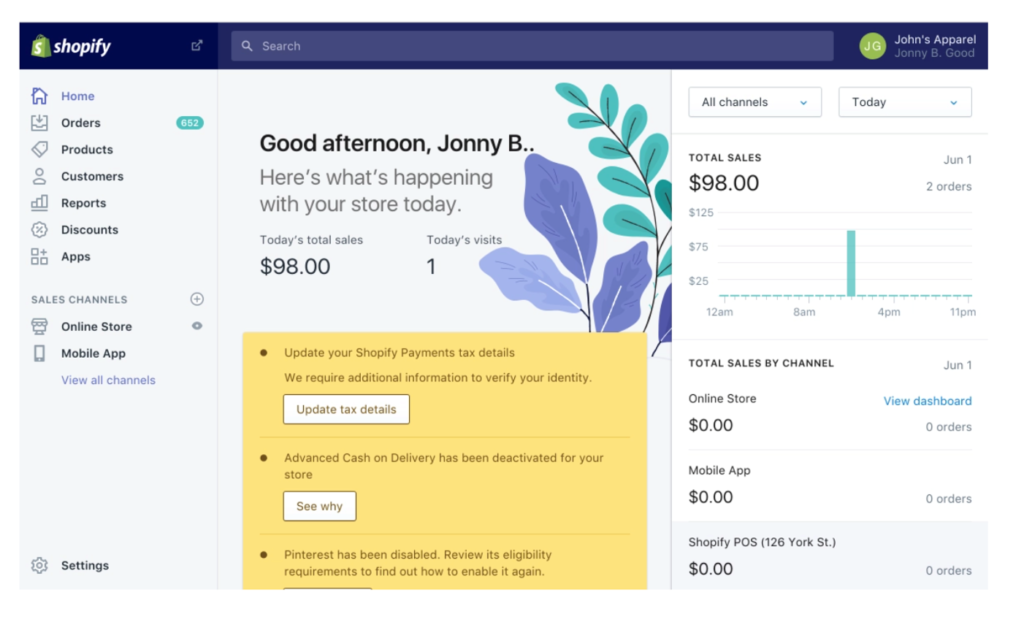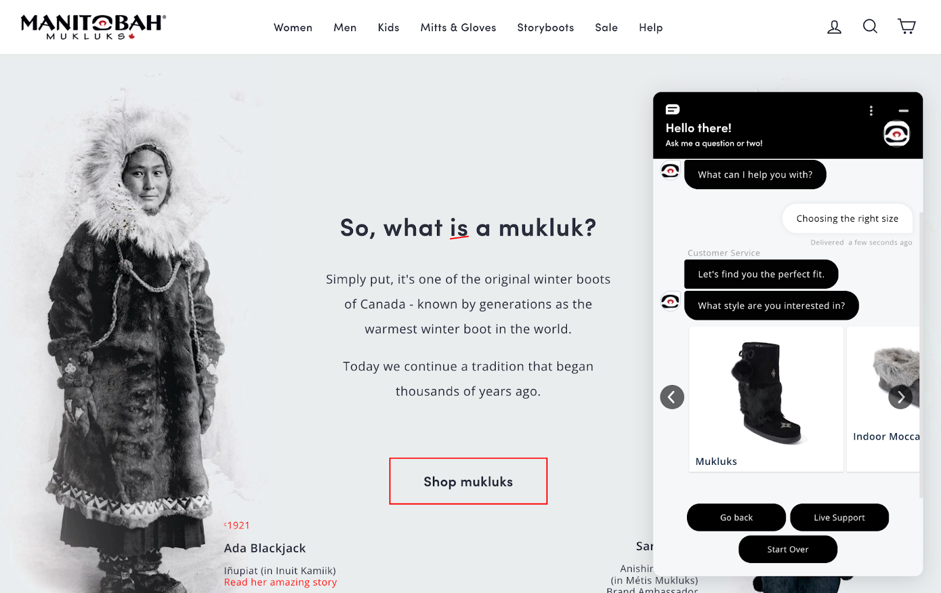
- August 11 2022
Automated Product Tagging: Increase Shopify Conversions
Improving conversion rates may be very helpful to any ecommerce business in terms of increasing sales. Focusing on strategies such as Automated Product Tagging can help improve conversions for your business.
AI solutions for Shopify are an important component of offering a more fulfilling user experience for visitors to your ecommerce site who are looking to buy from your business for the first time.

What is a product tag? How does it benefit a business? In this guide, we’ll look at what automated product tagging is and how it helps increase conversions for your ecommerce Shopify site.
What is Automated Product Tagging
Product tagging is where you add keywords to items that are within your online catalog with the goal of categorizing and organizing everything that’s available for purchase.
These are also known as fashion label tags in retail and can be broad or detailed keywords like ‘trousers’ to ‘pleated pants’ ‘denim jeans’, and more.
Automated product tagging involves analyzing and then labeling product images through the detection of visible attributes. This is all done automatically using AI to help save time for the individuals typically responsible for product tagging.
How does Automated Product Tagging increase Shopify conversions?
There are a number of ways that you can increase Shopify conversions with product tags. Product tags are also one of the simplest ways that ecommerce businesses can improve the chances of converting window shoppers to actual customers. Let’s explore.
Helps the user to easily find their desired products
It’s not going to be a simple process for every user to find the products they’re looking for by doing a Google search. It might be that they need to do a deep dive on an ecommerce site search function in order to find what they’re looking for.

To increase ecommerce conversion, product tags can be highly effective in helping certain products show up as browsers type in the product they’re looking for. Even if you don’t have that product specifically, there might be similar products that pop up due to their product tag that the shopper loves too.
Product tags save the customer from trawling through endless pages of products—which can lead to a less than satisfactory experience for the user.
According to eConsultancy, when a search is used, it increases conversions. The average conversion rate across all sites measured was 2.77% but those with search options converted 4.63%!
Greatly improves your Shopify store’s online visibility
There are a lot of ecommerce sites in existence now, which means as a business, you’ve got competition. With search engines having such a great influence on a company’s success, it’s important that you’re doing everything possible to improve your site’s visibility.
Product tags are a great way of helping your landing pages and product description pages gain more traction on search engines and hopefully rank higher.
Attaching the right product tags—including long-tail keywords/phrases—is a useful Shopify SEO practice. When your audience is inputting the keywords of your product tags into Google, there’s more chance your Shopify store will show up, providing relevant products and increasing your chance of a conversion.
Creates a more personalized experience for the user
When it comes to tagging your products, this can contribute to a more personalized experience for the user. Identifying your customers’ preferences when it comes to products can help you provide a results page that’s tailored more towards them and their style.
It can be beneficial when collecting this data to know what your customers have looked at. You can then generate personalized emails that encourage them to come back and buy again, or to follow through with their browsing and buying on your site.
Positively influences your future business decisions
Understanding what your customers want and don’t want can be helpful in making more informed business decisions.
Having more products available that the user wants is likely to improve the customer experience. From a business operations point of view, you can order the right products that share similar features or that you know will be appealing to your customers to buy.
You can also keep these most-searched key terms top of mind for any future marketing campaigns as you know these items are already sought after—Black Friday campaigns, for example.
How to implement automated product tagging to increase Shopify conversions
Implementing product tags to increase ecommerce conversion is crucial, especially with around twelve to twenty-four million ecommerce sites in existence. That’s a lot of competition and a lot of noise to cut through in order to get noticed. With that said, here are five steps to use product tags effectively so that you can improve your conversion rates.
1. Choose between manual or automated product tagging
Despite manual being used sometime before automated product tags, it isn’t as effective as using AI to automatically tag products for you. Human error can often lead to typos or issues in the product tagging process.
ViSenze’s Smart Tagging is an excellent example of automated product tagging that helps make your products more searchable, regardless of the size of your inventory. It avoids manual tagging and allows you to put your energy elsewhere.

2. Click the Products page via Shopify Admin to access all available products
Product tagging on Shopify can be easily done by navigating the Shopify Admin. Click on “Products” in order to come to your product catalog. This will have everything readily available, in one place to be tagged.

3. Click add or remove tags and get to work.
It’s likely that you don’t have any product tags attached to your products, or they’re not exactly the best keywords to use for your inventory.
At this point, you might want to introduce Visenze’s Smart Tagging tool to help automate all your product tags. You can find it in the Shopify App Store.
Using Visenze’s Smart Tagging is easy enough, even for those that might not have much experience in this field of AI ecommerce. The Smart Tagging tool combines with Smart Search, using AI computer vision and machine learning to generate the best tags for each product.
4. Scale Smart Tagging across all content creation
Once you’ve implemented all of your product tags on your PDP product selection, you can then leverage this tool for all of your content creation.
From your product pages to any other landing pages or even blog content, it can all benefit from Smart Tagging. This tool can bring more relevant products and content to the eyes of your customers and helps when various campaigns are ongoing.
5. Continue to utilize product tagging for future product discovery
For any future products, you sell on your ecommerce site, run these products through product tagging before going live. It’ll help these product pages to rank higher and have more opportunities of being seen from the get-go.
Five alternative ways to increase conversions
There are other options when it comes to increasing conversions that don’t involve product tagging. Here are five alternative ways to help with improving Shopify conversions for your business.
Introduce Chatbots to assist customer concerns and queries
Chatbots are widely used more so nowadays than ever before. The chatbot market size itself is growing by 92% over the past couple of years. They offer a helping hand when your real customer support staff aren’t available, or when the solution to an issue is straightforward and simple.
From frequently asked questions to more complex customer queries, they can assist to an extent. This could resolve customer problems or at least escalate them to your team if required.

With chatbots, you’re giving your customers, and potential customers, a more interactive experience. You also provide UI, which is beneficial for UX to keep them coming back.
Improve your CTAs
To increase ecommerce conversion, improving your call-to-action elements on site is essential. You may want to look at the data you have on Google Analytics and other analytical sales tools. This can help word your CTAs more effectively.
Plus, don’t stop there! Look at color psychologies, page placement, supporting copy, and more to ensure your CTAs are as effective as possible.
Simplify your shopping cart and checkout process
Simplifying your site’s navigation is going to majorly help in improving conversion rates. With fewer issues for the customer to run into, they’ll have a more satisfying experience.
Simplify your shopping cart and checkout process to just a few steps. This encourages your users to checkout their basket, rather than abandon it.
Add testimonials and customer reviews to key pages
To help convince shoppers to click ‘add to basket’ on a product page, add testimonials and customer reviews. This can help increase conversion rates because they’ve got evidence that the product is legitimate. They now also know that it has benefited customers in the past.
Use ViSenze’s Smart Recommendations tool
Some online shoppers need some inspiration when it comes to finding what they want from shopping on your site. ViSenze’s Smart Recommendations are a great tool for making this happen.
Recommendations in ecommerce are a great way to help upsell. Additionally, it leaves the customer checking out with more than they intended. Smart Recommendations use AI to display product recommendations to customers based on their profiles, activity, and interests.

Increase Shopify conversions with ViSenze Automated Product Tagging
Automated product tagging can be a great way of improving your conversion rates. It can also enhance the user’s experience on your Shopify site.
Make the most of ViSenze on Shopify for your online business. Increase ecommerce conversion this year, beyond anything you’ve achieved before!

